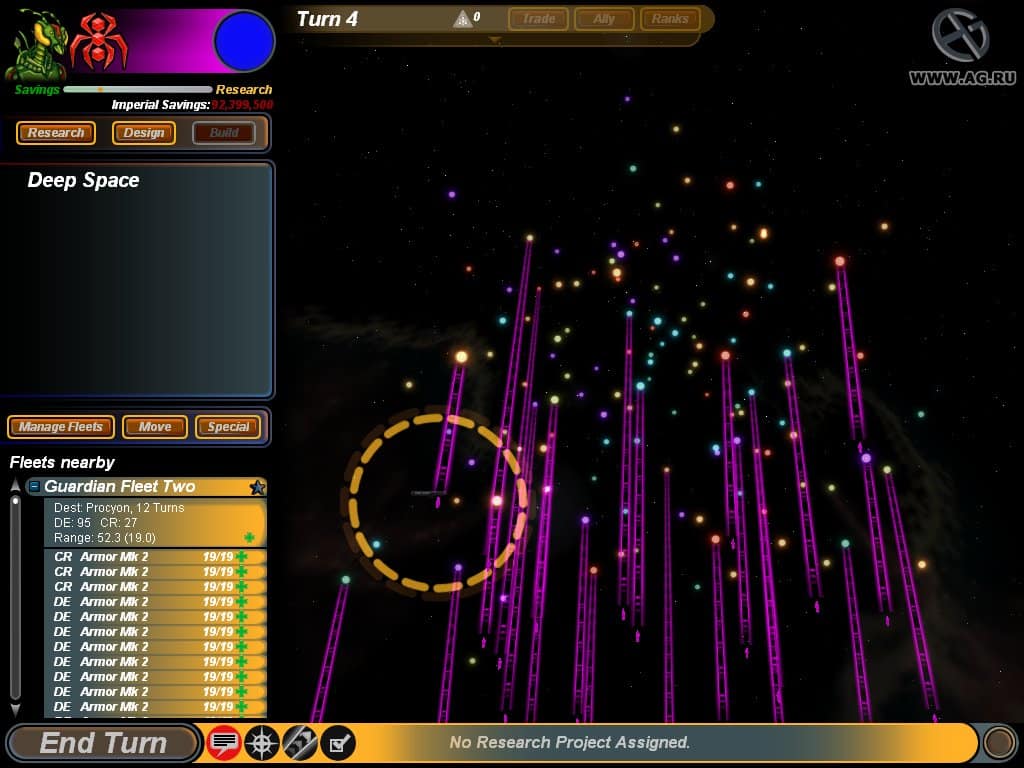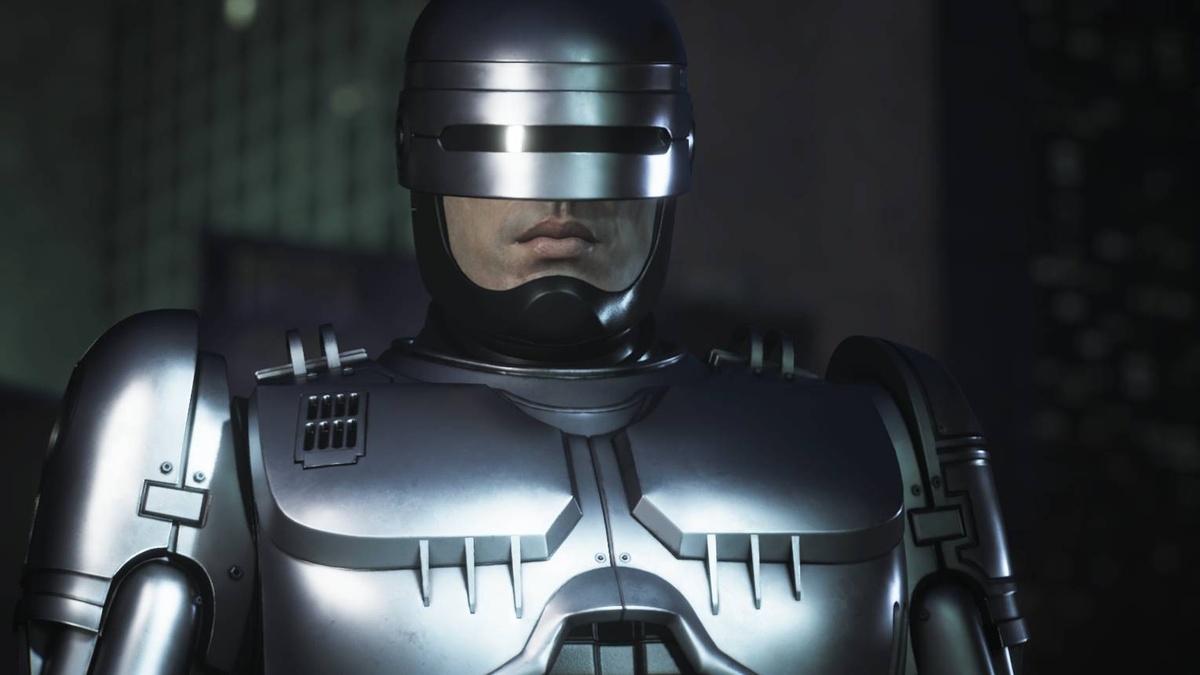You can trust VideoGamer. Our team of gaming experts spend hours testing and reviewing the latest games, to ensure you're reading the most comprehensive guide possible. Rest assured, all imagery and advice is unique and original. Check out how we test and review games here
Imagine for a moment that you’re an emperor or military commander in charge of the safety of billions upon billions of people. You’ve just chopped the head off your seventh wife, your brother wants to kill you and steal your new wife, and there’s a hoard of marauding aliens rampaging through your occupied systems. Why then, if this were you, would you care about the economic prospects of David Evans of Basingstoke? Sure, if Basingstoke isn’t thriving then you’ll have less money for your war machine, but how is that your problem? You have all those penny-pinching bureaucrats to deal with such tedium!
This is the philosophy taken by Kerberos, the developer behind the new galactic conquest title, Sword of the Stars. They have done away with the micro-management niceties found in competing titles and have opted to create a lean and mean combat-focussed machine. It’s a move which, although bold in its simplicity, does rather limit its appeal. If you’re someone who enjoys micro-management then Sword of the Stars probably isn’t a game for you. It doesn’t just reduce the micro-management, but dispenses with it entirely and without remorse. If, on the other hand, a good bit of wholesome warmongering is just what you’re looking for, read on.
Despite its relative simplicity, Kerberos have seen fit to make the gameplay conditions as flexible as possible. The open-ended campaign can be configured in pretty much any way you like, allowing you to regulate the size, economic conditions and technological advancement of the galaxy, as well as how many opponents there are. This’ll give the hardcore enthusiast a whole range of situations to play with and adds plenty of replayability. Alternatively, you can just dive in to any number of the pre-designed scenarios provided. Not satisfied with just single-player options, however, Kerberos have included multiplayer too. With this and the abundance of single-player options, Sword of the Stars has a lot going for it in terms of variety.
Another area Sword of the Stars excels in is the balance between the competing races. There are four races in total: the Humans, the Tarka, the Liir and the Hive. As you might expect, each race has a variety of unique strengths and weaknesses; the most significant of these being differences in propulsion systems. Each race has a different way to get around the galaxy, and understanding how each system works can provide you with a decisive advantage. This particular mechanism is neatly realised and adds a nice strategic edge to the turn-based element of the game.
A consequence of the game’s focus on combat is the importance of ship design. Although the classes of ships are relatively few in number, the potential weapon configurations are considerable. Once you have begun researching new technologies and weapons you’ll soon realise the importance of variety in design – if you make all your ships too similar the enemy will soon adapt to exploit these deficiencies. This system, however, suffers from a problem apparent throughout the game: a lack of detailed feedback. None of the weapon statistics are available from the ship design menu, with the only potential feedback coming from the cost of the ship. You can access this information from the tech tree menu, but why, if this information is freely available elsewhere, is it not available in the one place you’re most likely to want it? It’s a galling oversight to make considering the importance of ship design to the gameplay. One can only conclude that it was an effort to make things more accessible. Whatever the case, it has the opposite effect, making the process more confusing than simple. Just a small amount of information could have alleviated the problem without making things needlessly complicated.
Happily, once you get your head around the ship design and go out to battle, things brighten up considerably. Early skirmishes can be a little dull, but once the technology advances and the numbers involved increase, combat is pretty fun. Sword of the Stars continues to keep things simple by sticking to tried and tested RTS conventions. Dragging over your units selects them, right-clicking makes them move, and left-clicking selects their target. You can select from four offensive/defensive attitudes, allowing you to control the way your ships behave, and even target specific areas of your enemy’s fleets. This means you can target specific weapons or take out the engines of opposing ships for tactical advantage.
Once again, though, there’s a confusing lack of feedback. Firstly, damage is represented visually without any kind of health bar; although the visual damage is pretty effective, it would be easier, and quicker, if there were health bars as well. More annoying, though, is the lack of post-battle info – a particular problem when choosing automatic resolution since there is no way of knowing what worked and what didn’t. This links in with the ship design problem since it only adds to the guess work involved. These two problems combined rather undermine the strategic aspect of the game and will certainly annoy those more experienced in the genre.
Visually Sword of the Stars is solid, but doesn’t excel. Battles are pleasing enough to watch, but not especially flashy, and menus tend to look as clunky as they are to use. However, there are some nice quirky touches to be found and there’s little in this department to detract from the game. Similarly, the sound isn’t too inspiring, but shouldn’t be a barrier to enjoyment either.
If you are looking for some light-weight strategy action then you could do a lot worse than Sword of the Stars. Kerberos can be congratulated for creating what is a fun and accessible take on a genre often rendered impenetrable to newcomers. Combat is a breeze and the four playable races create some intriguing situations. Yet, for a game of this type, the interface issues are almost inexcusable and the relative simplicity of the game only makes these problems all the more frustrating. They don’t spoil things entirely, but they certainly dampen enthusiasm for what is an otherwise fun game.






